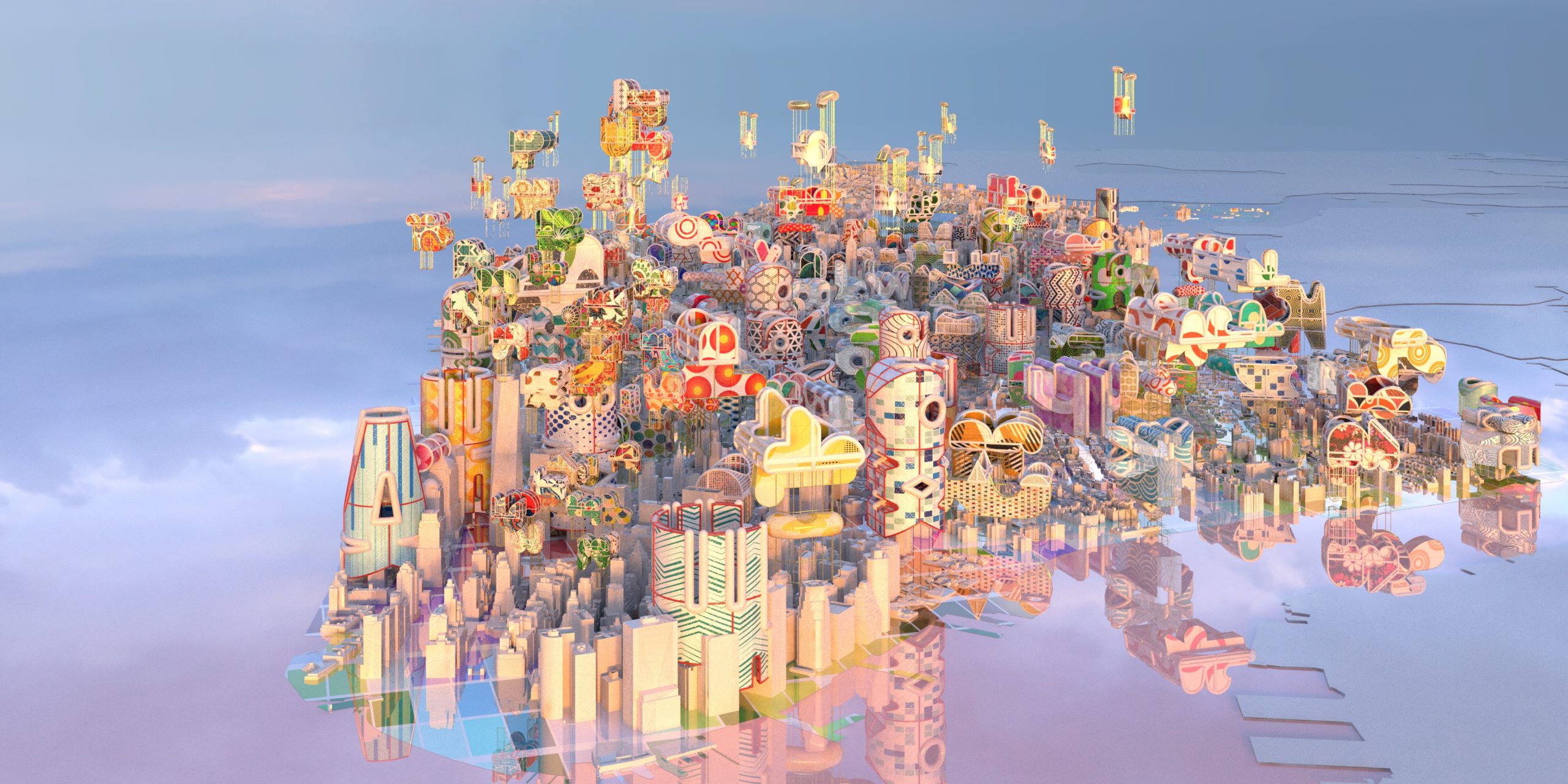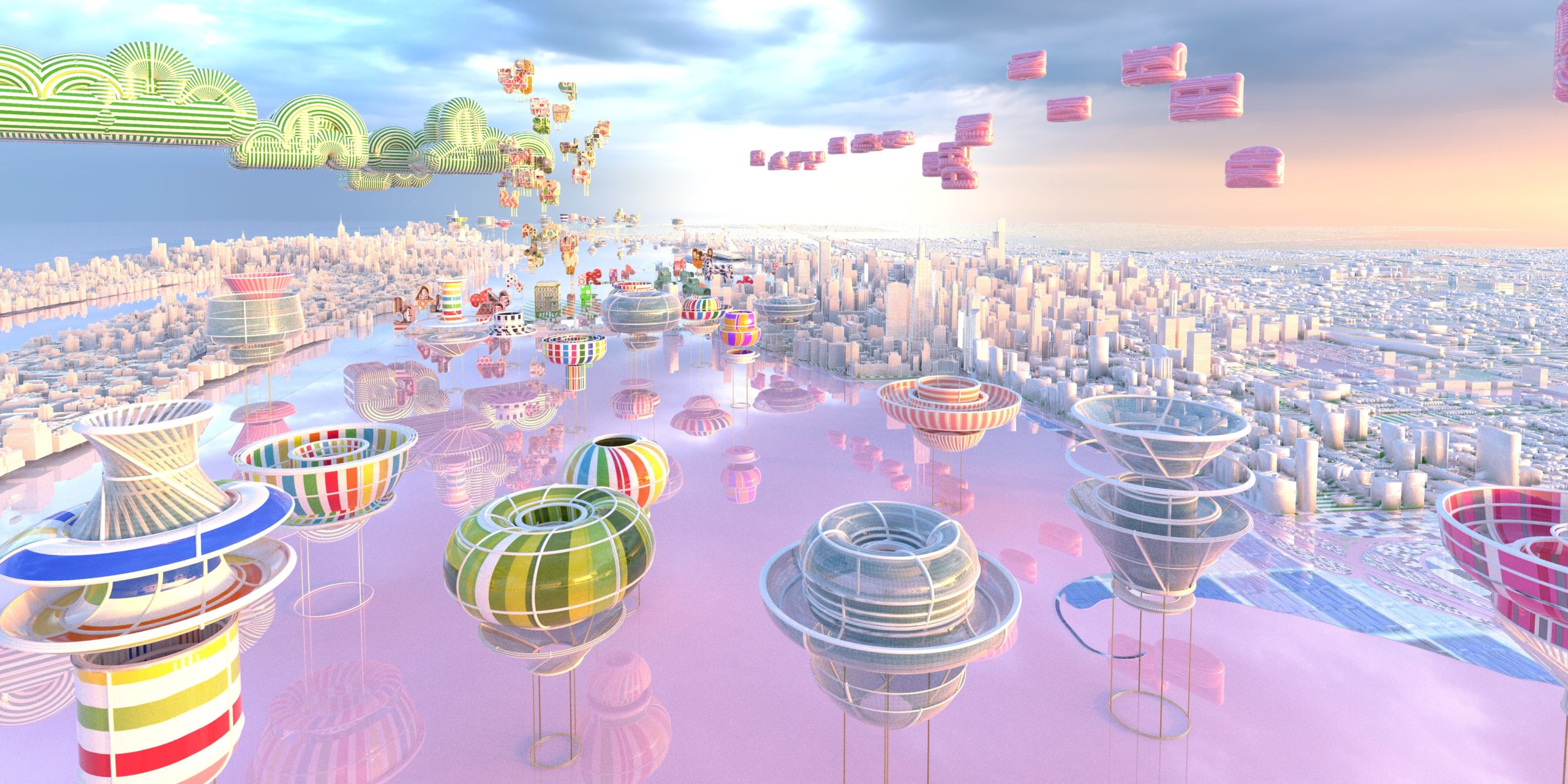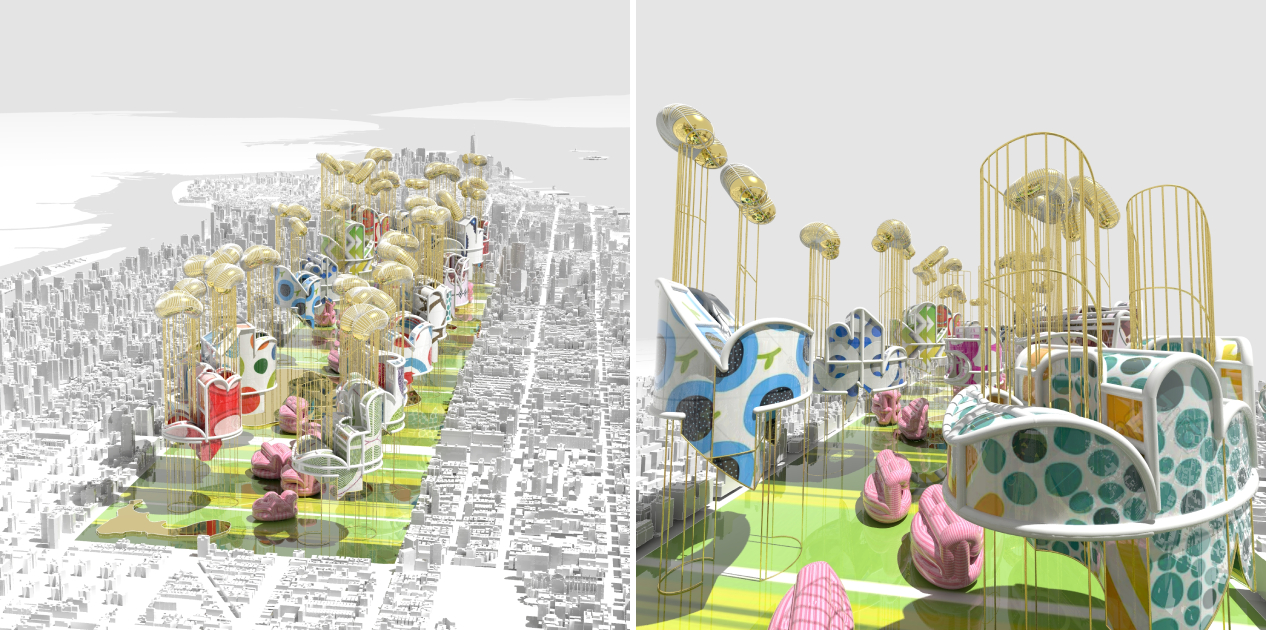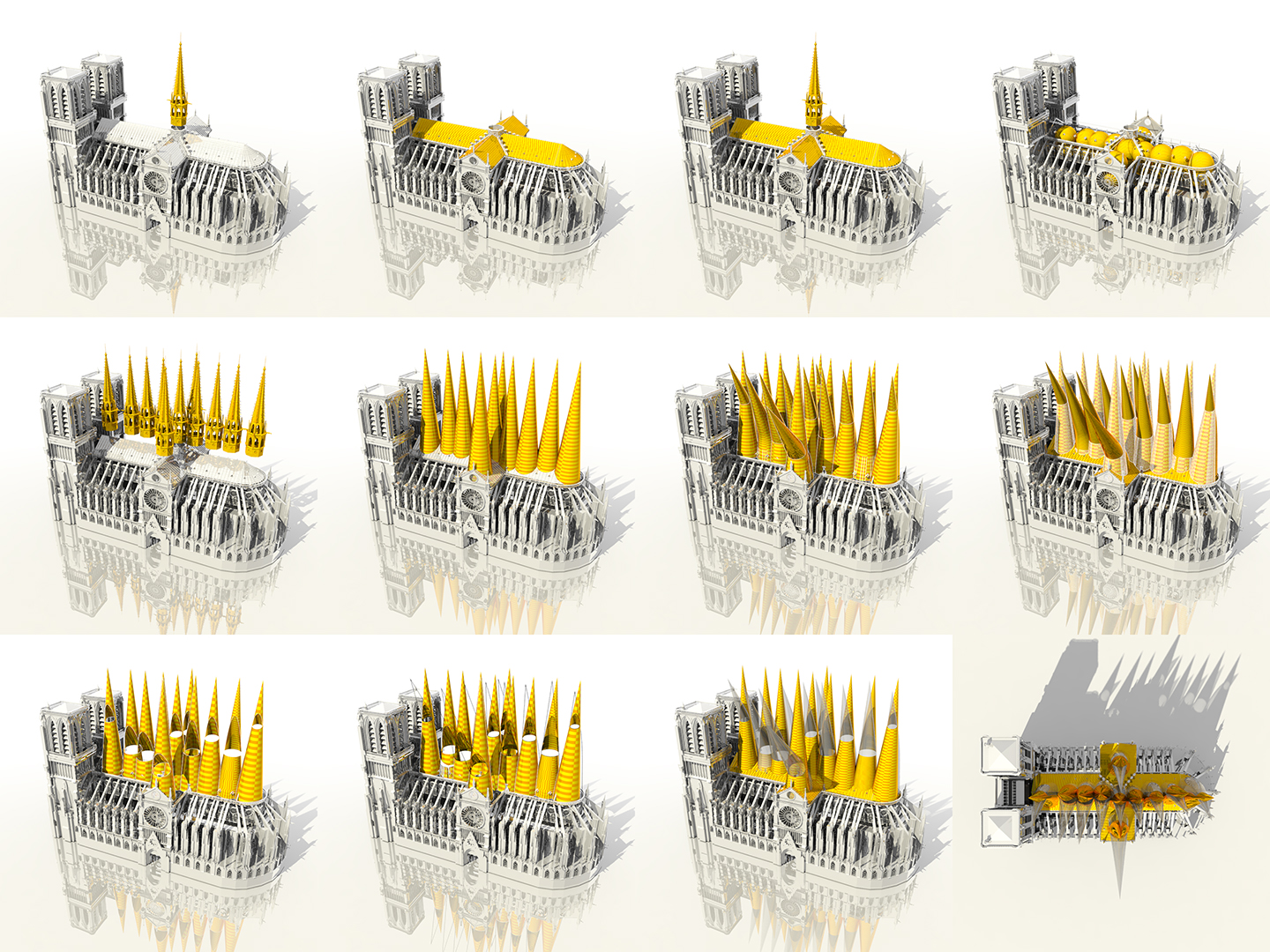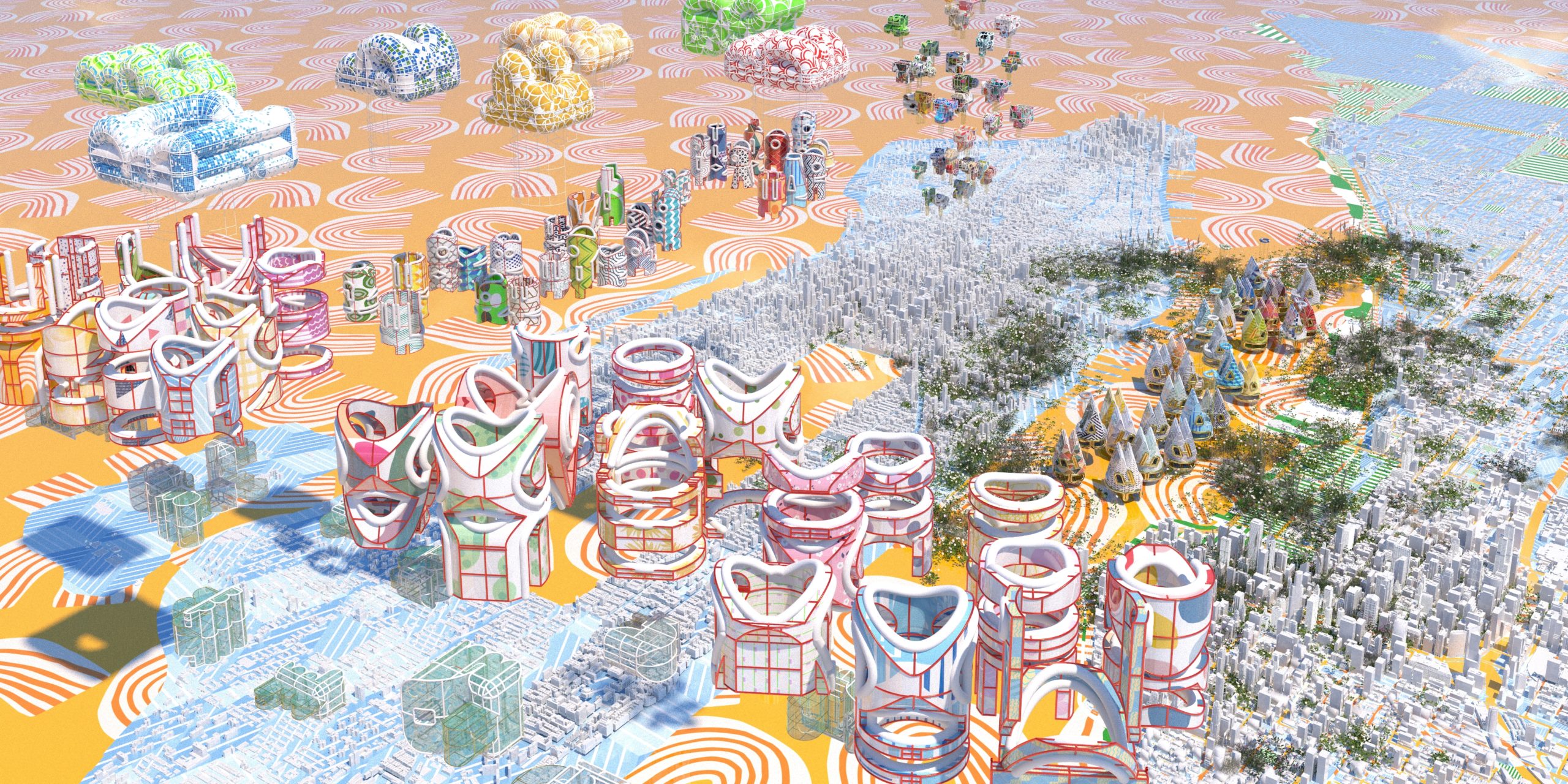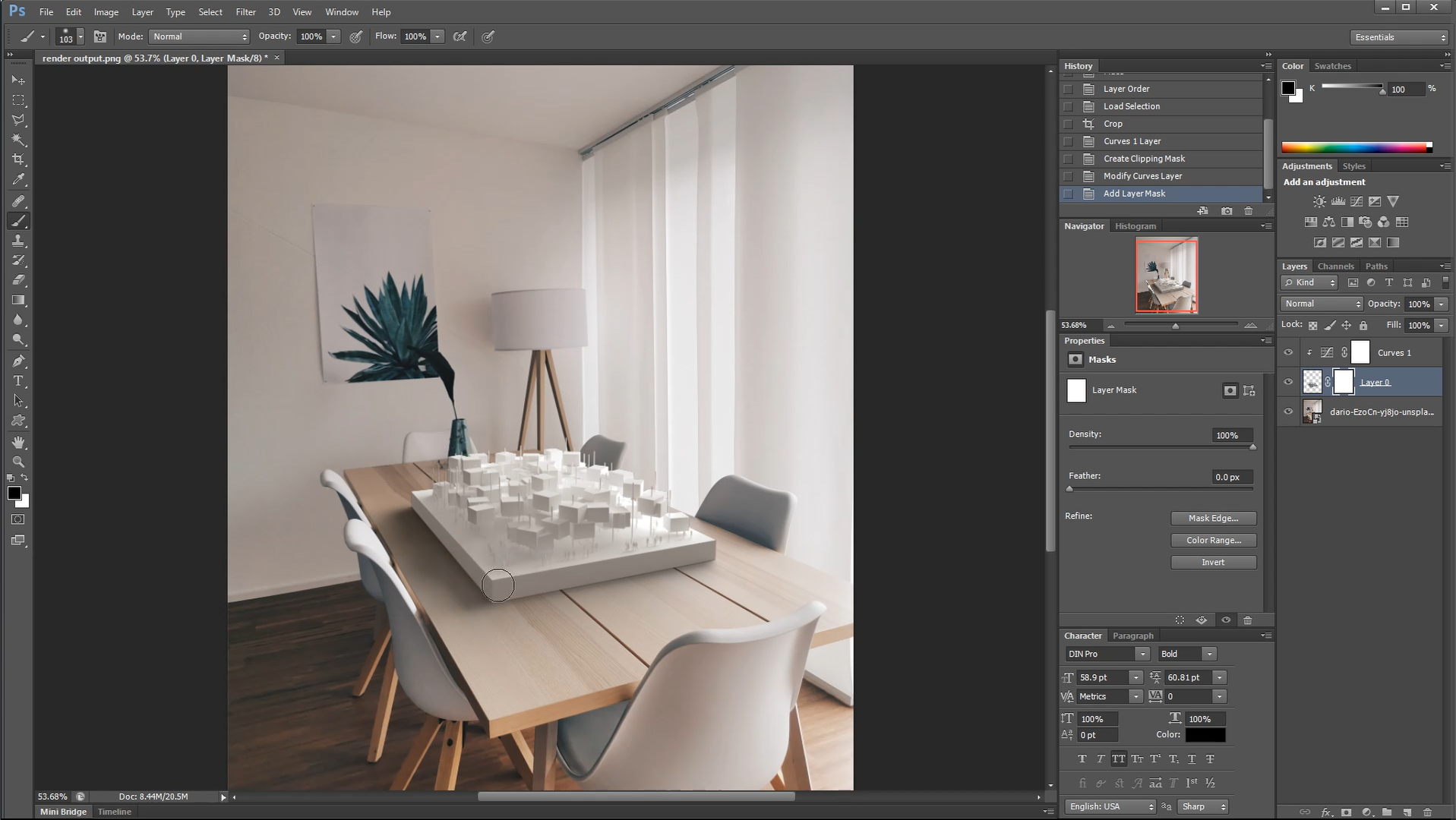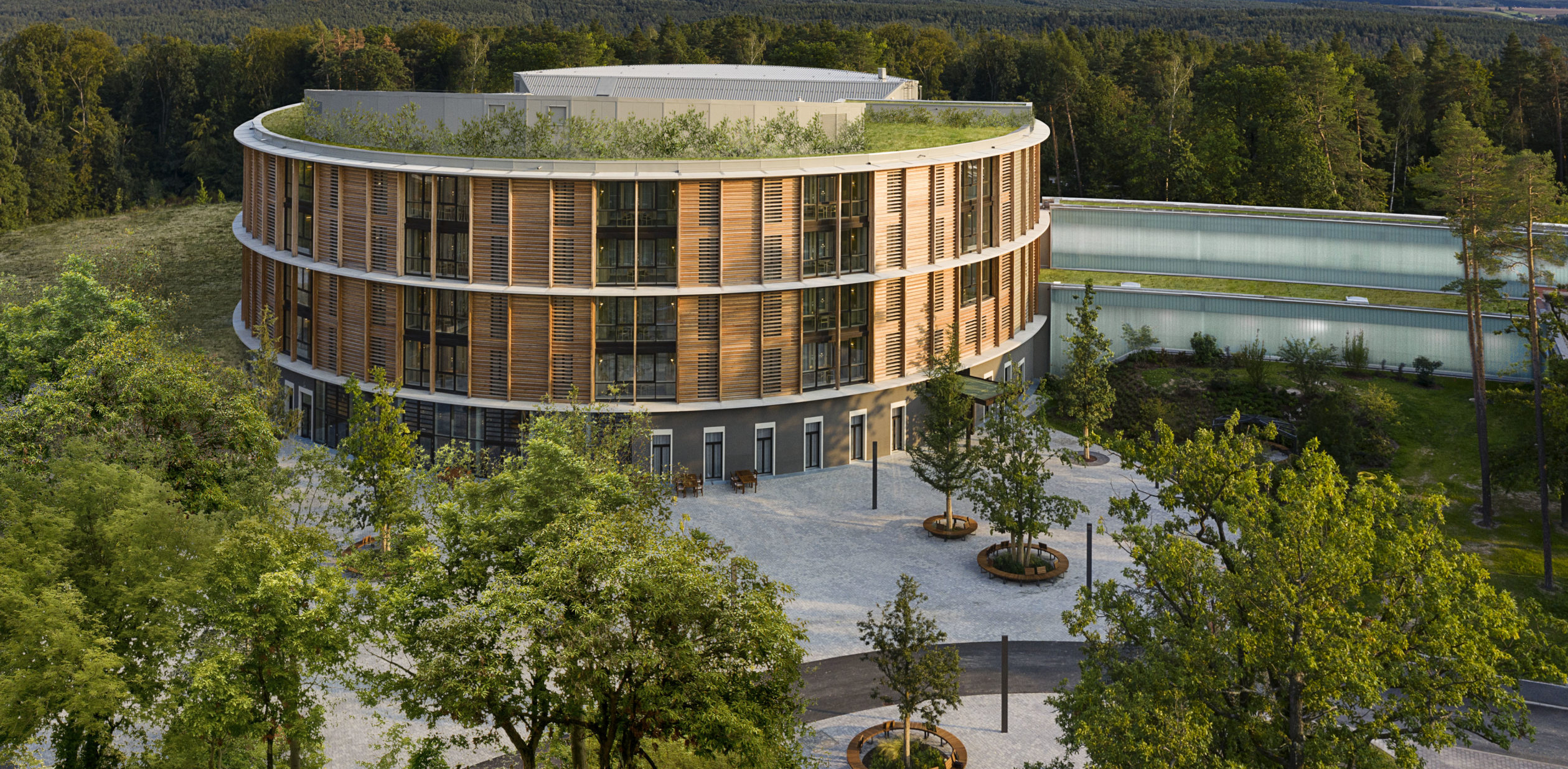The fate of architecture firms around the world is officially in your hands! From innovative designs to groundbreaking firms, peruse the 12th Annual A+Awards Finalists and vote now to determine this year's Popular Choice Winners.
Chicago Underground Practice’s work is easily identifiable by its signature style which showcases quirky geometries, captivating motifs and bright colors. Their conceptual works encapsulate a future that is playful, inclusive and full of hope. The studio’s founder Surjan said that when you think about the world today, many cities are fairly monochromatic. They propose a future where a colorful structure doesn’t stand out but is accepted into the fabric of the city. In this future realistic style, everyone should find a piece of architecture that they can identify with.
“We’re creating an inclusive environment for individuals who identify whichever they wish,” they say, “and this is an open invitation to say that there could be an architectural manifestation for your identity.”
Surjan imagines the architect as the housekeeper of the city — a housekeeper that doesn’t just solve problems but also promotes optimism and desire. And this thinking has converted over to the idea of a playhouse that is “suspended in a timeless place, awaiting an audience willing to accept it without reservations.”
When they were in school in New York in the 1990s, they encountered the concepts of queer space, alternative space, identity identification and its architectural ramifications. Identifying as non-binary prompted them to make architectural atmospheres that were comfortable for everyone, especially those who have yet to find structures that resonate with them. Chicago Underground Practice is also now transitioning to a new name, Genderqueer Architecture.
These radical concepts are not new to architecture. They came about in the 1960s and have seen different phases throughout history. Chicago Underground Practice takes inspiration from the pioneers of that era as well as the work of Pritzker-winning architect Hans Hollein. “I think history is a critical, critical component of knowing not only who we are, but where we’re going,” said Surjan.
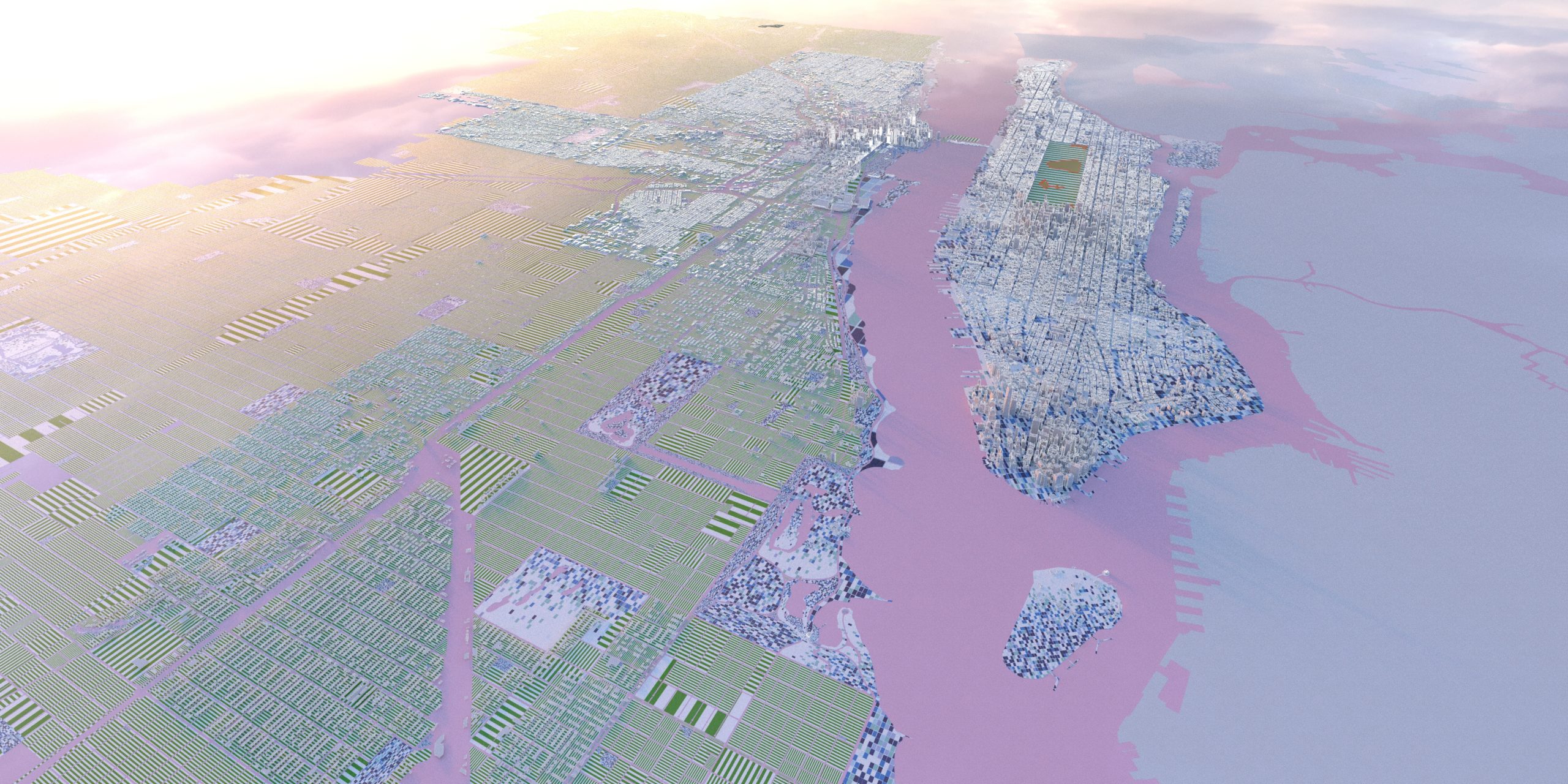
Currently, they have 53 collections with names like Misfits, DooDads, Dingbats and BlowUps. The collections combine in myriad ways to create unique landscapes in cities like New York and Chicago, where the architect has spent a majority of his life.
The Misfits were designed as modern-day primitive huts with a variety of surface patterns. These floating aviaries travel all over the city in search of a permanent home in a monochromatic urban fabric and citizens that identify with them. In the project Misfits Migration, they have positioned Manhattan as an island in Lake Michigan, right next to Chicago, to create a new metropolis. Here, the different typologies they have created come together to form a new urban condition that is genderqueer friendly.
Unlike the Misfits, the DooDads are a typology that comes into play after calamities. These units have gilded crowns that float above and are best suited for areas with lush vegetation. They are seen as a new breed that is taking over after a disaster has eradicated the older species in a particular region, even more contagious than a virus. DooDads are a symbol of new beginnings, rebuilding what once existed in new, unpredictable ways. Here, families and friends can gather to reconnect and celebrate.
Their most recent project, Bits & Bobs, is much like a nursery rhyme or a fairy tale. It is a cornucopia of hues, patterns and forms from all collections that fit together even though each element has its own language.
One of their older projects is Notre Dame de Paris (House of Love). It is a love story of the famous Parisian cathedral and the sun. When the spire of the iconic building burned down, they decided to replace that spire with 11. They wanted the new spires to move with the sun so that the light could enter the cathedral at all times of the day through these additions and not just through traditional stained-glass windows.
Apart from an abundance of creativity, a few elements that are common in all these visuals are complexity of form, tremendous density of modules and intriguing details. Each of these visuals was created on a 13-inch MacBook Pro using Rhinoceros 3D and V-Ray only. The secret to achieving such intricate scenes on any laptop? Proxies.
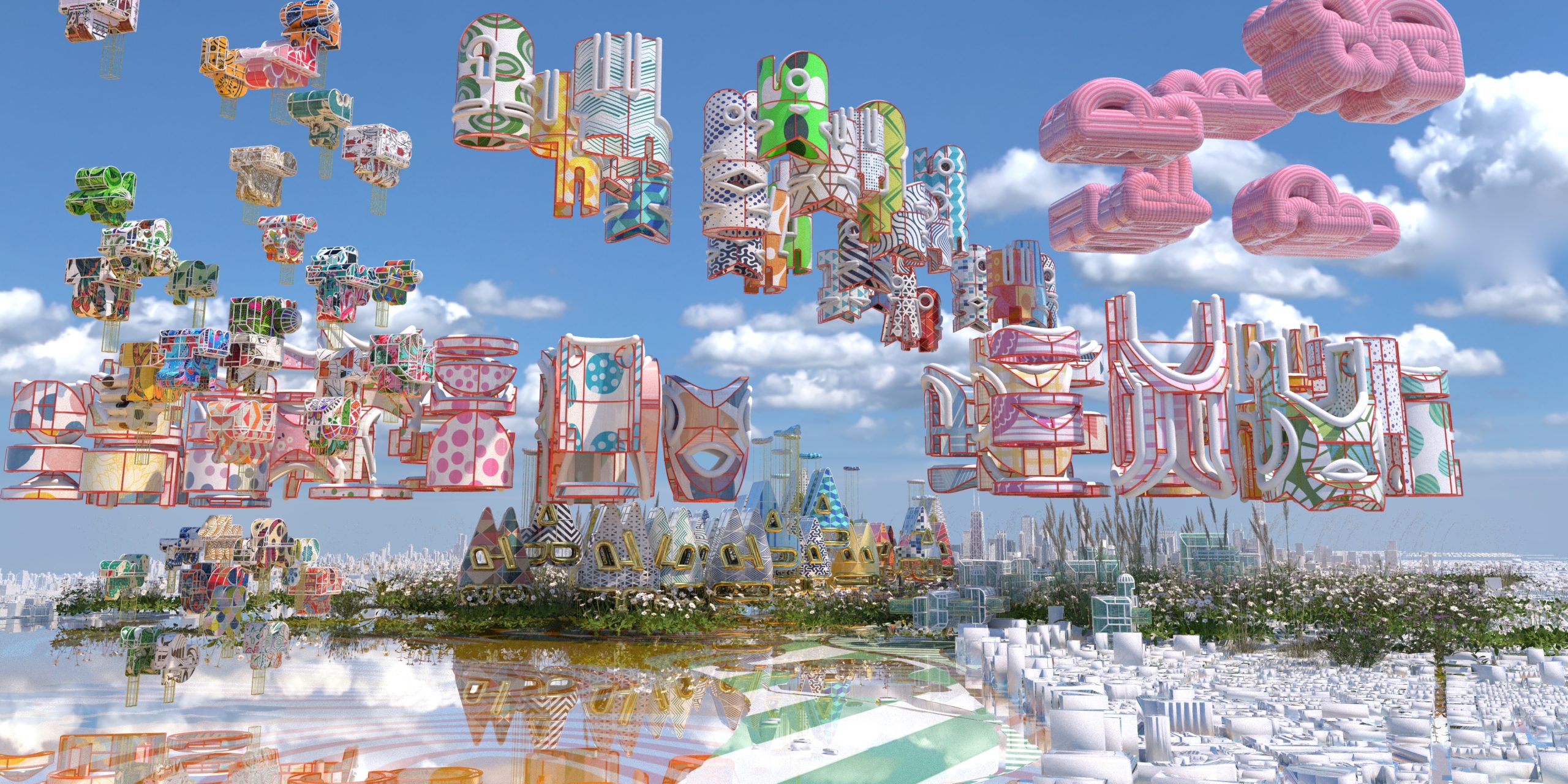
Proxies are a way of removing entire object meshes from a scene or model and only having them come into play during the final rendering stage. This allows the model file to be much lighter and clutter-free. When modeling, they act as placeholders for other modules that have been previously created. Given that the designer already knows how those modules look, their fragmented representations are enough to help them understand how they will act in the render and model the new structures around them. Any changes made to these individual models will also reflect in the renders of their proxies in other files. This is especially useful when working with very large file sizes on low-RAM computers.
Or, as in the case of Surjan, building models that have repetitive elements and complex geometries. “When I look at renderings, I’m not seduced by blue or orange or something. I’m seduced by density. I’m very interested in densities when it comes to a render.” And proxies have been the most efficient way for them to achieve this outcome.
The fate of architecture firms around the world is officially in your hands! From innovative designs to groundbreaking firms, peruse the 12th Annual A+Awards Finalists and vote now to determine this year's Popular Choice Winners.
